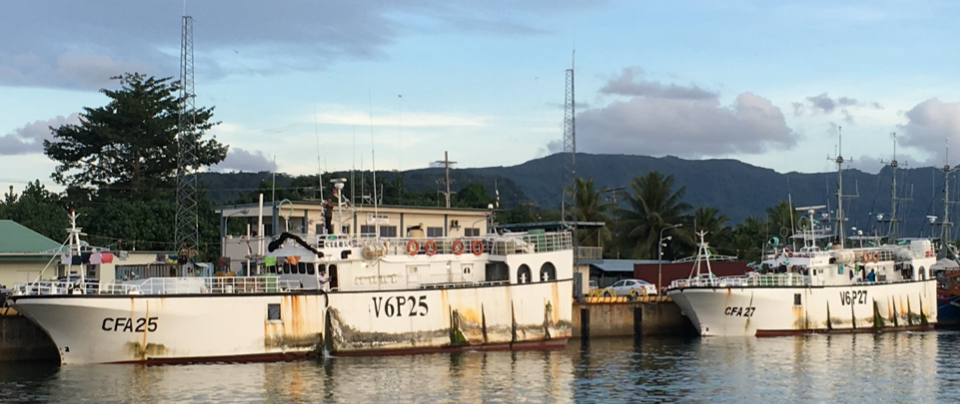About
Tuna fisheries in the Western and Central Pacific Ocean account for approximately 55% of the global tuna harvest. Because tuna are highly mobile pelagic species, the collective actions of fishing nations throughout the region are crucial to the sustainable management of the fishery. The Pacific Islands Forum Fisheries Agency (FFA) is an intergovernmental agency of 17 countries applying a coordinated and mutually beneficial approach to the conservation, management, and development of regional tuna stocks. Within the FFA, eight member countries form the Parties to the Nauru Agreement (PNA), a subregional agreement between members who control around 50% of the global supply of skipjack tuna. PNA countries currently employ a VDS management regime for their fleets.
In 2018, the Federated States of Micronesia (FSM) made a commitment to ensure full transparency in its tuna fishery by 2023 through a combination of electronic monitoring (EM) and human observer coverage in all industrial fishing vessels operating in its territorial waters. Full transparency in the fishery would provide the opportunity to explore new, potentially more effective, management strategies than VDS that would otherwise be difficult to implement. To inform this “next generation” of fishery management, we worked with FSM’s National Oceanic Resource Management Authority (NORMA) to compare their current effort-based longline vessel-day-based scheme (VDS) to output-based options, such as a quota management system, which is now feasible given their commitment to transparency via EM.
